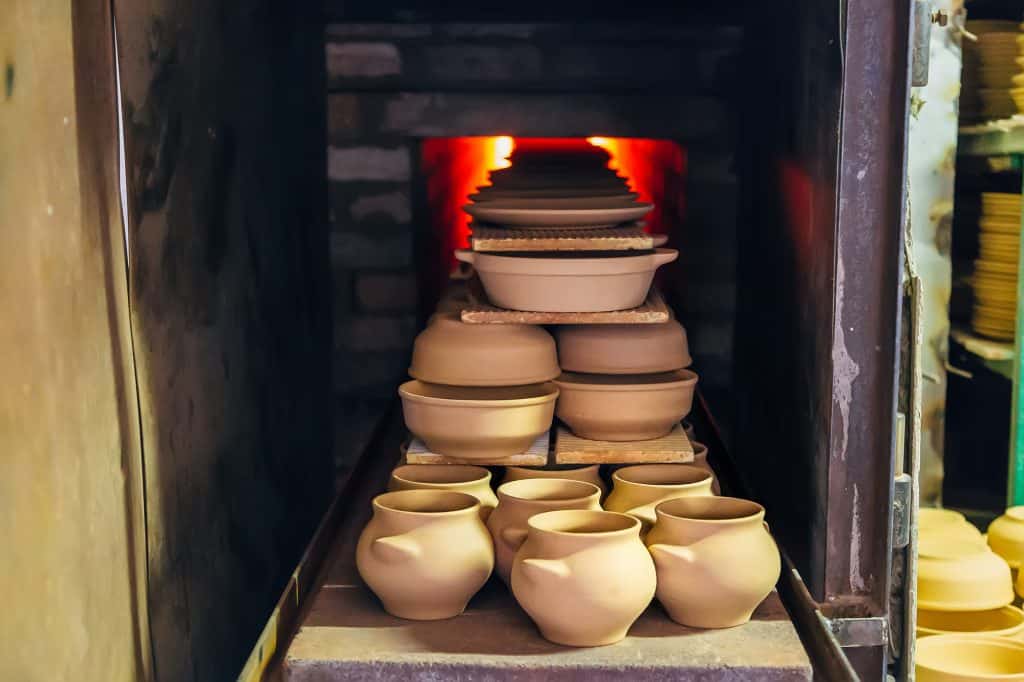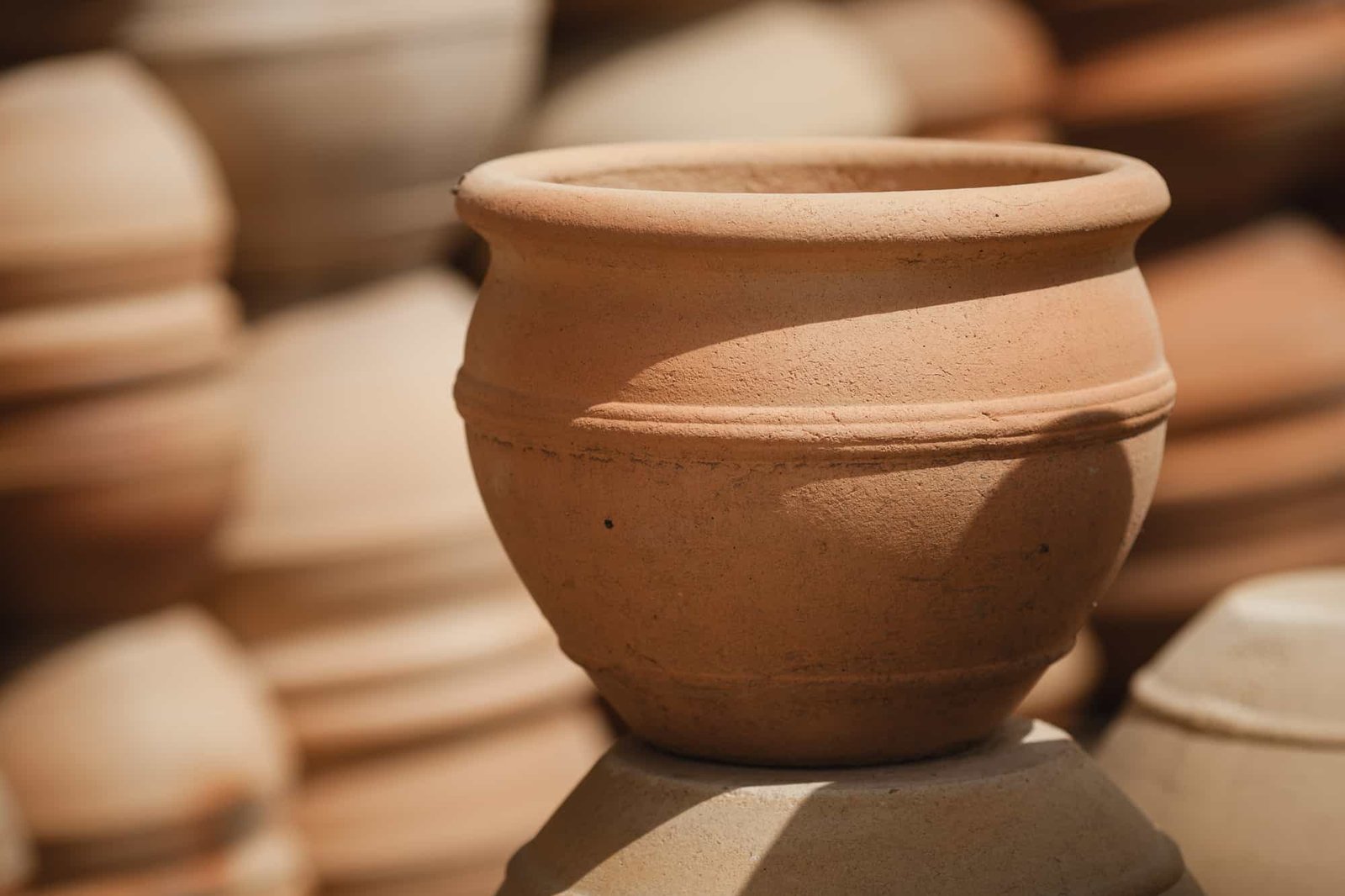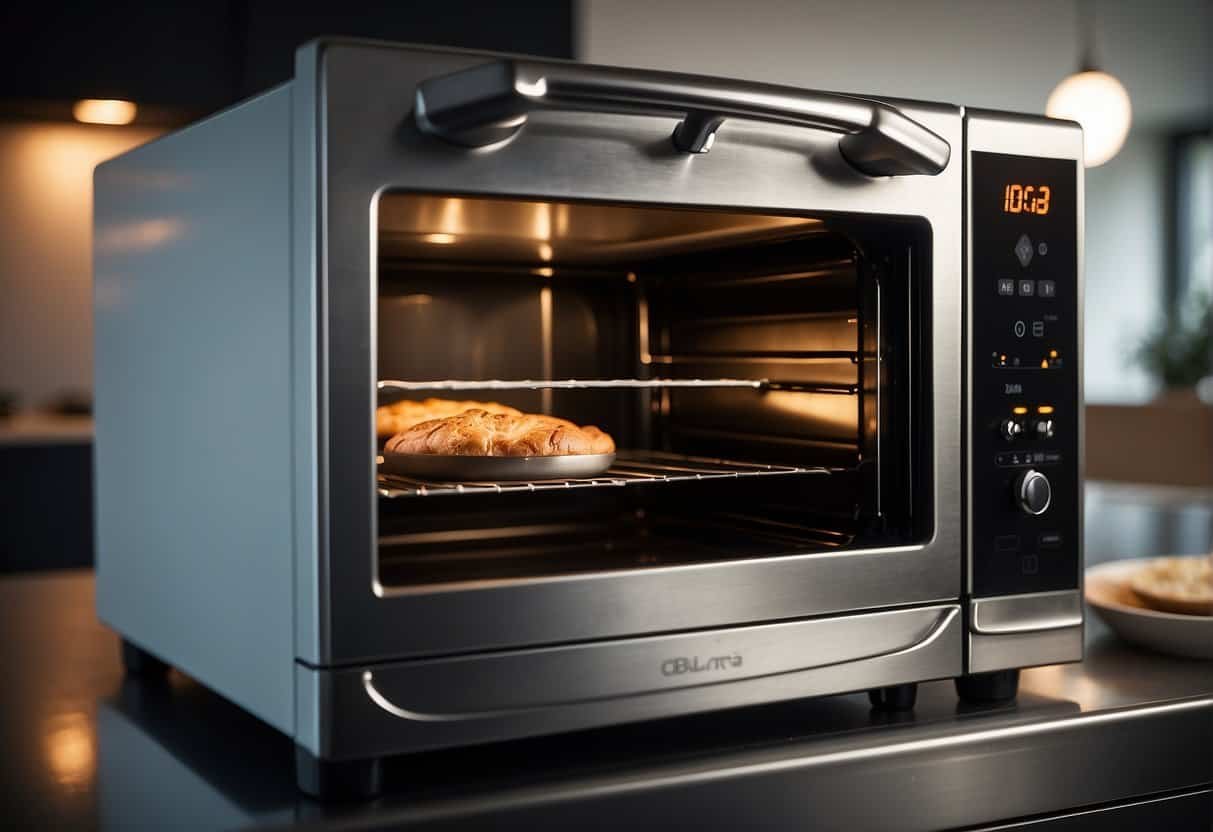Most people have used air-dry clay at some point in their life. The convenience of letting the dry clay outside and using it right after makes it an excellent choice for many.
However, since air dry clays aren’t as strong as baked ones, when using air-dry clay, it’s best to bake it to make sure it’ll last longer.
It’s safe to put air dry clay in the oven to bake. That said, you need to be careful what type of clay you use and at what temperature, as the wrong combination can lead to unsafe results.
Read on for more information about baking air dry clay and to get some helpful safety tips to sustain your project.
Does Air Dry Clay Need To Be Baked?
The benefit of baking your clay isn’t just about protecting your hands from sticky disaster; it’s also about keeping moisture away from your finished pieces (source: The Creative Folk).
Baking the regular clay helps remove water and prevent a build-up of moisture that could lead to yeast and mold (source: CraftKnights).
If you plan on wearing your air dry clay necklace for any length of time, you’ll want to make sure there’s no moisture in the air when you put it on.
Air dry clay doesn’t need to be baked since it contains baking soda that works to harden the clay after air-drying. However, there are instances when baking is recommended.
For example, if you want to apply paint to your homemade clay with acrylic paint, your best option would be to bake the clay to remove any surface oils that might interfere with the proper adhesion of paint (source: Senior Care to Share).
The process of baking clay is what makes it sturdy and rigid. When you bake clay, the heat turns the water into steam, which expands and acts as a kind of glue, holding your pieces together when dried.
Can You Oven Bake Air Dry Clay To Make It Dry Faster?
You can oven bake air dry clay to make it dry faster. However, most brands state on their packaging that you shouldn’t bake air dry clay. Still, most people don’t realize that you can use your oven as a kiln and use the same techniques as a traditional kiln to dry your clay.
If you’re not sure how to use your oven as a kiln, here’s a quick primer on how to do it:
- Start with clean, undamaged clay. You’ll want to make sure all the cracks and holes are filled with fresh clay first.
- Place the clay in a cold oven, turn it on to no more than 200°F (93.33°C), and leave it alone for about 30 minutes, or until the clay is dry on all sides.
- The heat from the oven will cause the moisture in the clay to boil and harden into a solid form.
- After half an hour or so, turn off the oven and let it cool down completely before removing it from the oven.
How To Bake Air Dry Clay: Temperature and Timings
Baking process time differs from project to project. When baking air-dry clay, you need to pay close attention to the temperature of your oven; too hot and you’ll burn the surface before it’s dry, melt, or deform the clay (it’ll look like porcelain). The sudden temperature change can also cause explosions.
Conversely, if the temperature is too low, the clay could form clumps. Also, it could take several days for all the pieces of clay to dry on the outside.
For small items, a temperature between 150-200°F (65.56-93.33°C) is ideal. If you have a thermostat, use it for a purpose. However, if you don’t have one, there are several ways to control the temperature:
- Use parchment paper. Place parchment paper on your baking tray and place it in an empty oven at its lowest setting around 150°F (65.56°C). Ensure that the oven has been cleaned beforehand (you don’t want to breathe in toxic fumes every time you bake something).
- Set a timer.The amount of time you bake the clay depends on how dry you want it to be. It becomes tough once it cools. On average, bake the clay for 30 minutes or until it is dry on all sides.
- Bake your clay mid-oven. Bake the clay on the middle rack of your oven. This helps prevent your oven from heating unevenly, giving off strange smells, and potentially damaging your work by plunging it into extreme temperatures. (source: eHow).

Will Air Dry Clay Explode in the Oven?
We suggest you stick with flat-surface, oven-baked clays. Not only will they not explode, but they’ll be more accurate. The secret is in the way they’re baked.
When you bake clay on a flat surface, it loses its flexibility and its ability to shrink while drying.
So as they dry,oven-baked clays get more rigid and more brittle — which is why it’s recommended that you keep them flat during storage (source: Answer To All). That way, their texture won’t change as they dry and shrink slightly in the oven.
If you’re baking clay without fire, use caution when opening the oven door — a sudden burst of hot air can easily cause your clay to shatter into dust.
Air dry clay can explode in the oven if left to stay for long. The longer you leave it in there, the higher its temperature reaches, and that could cause it to explode.
If a piece is still glowing and getting thicker but looks like it might be ready to pop, put on an oven mitt and take it out immediately. If you can’t grab it before it explodes, at least you’ll have caught it just before that happens.
Conclusion
You can bake air-dry clay in the oven as long as you take standard safety precautions when handling the hot clay. Also, don’t forget to let it cool completely before handling it.
Clay shrinks during the drying process and will crack if uneven, which is easier to prevent in an oven because it dries more slowly and evenly than in a warm room.










